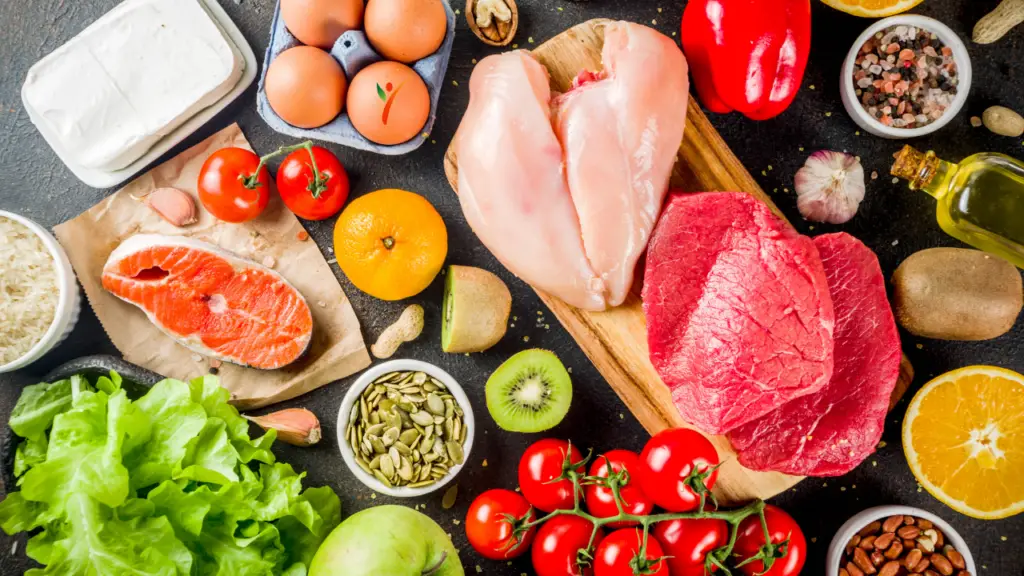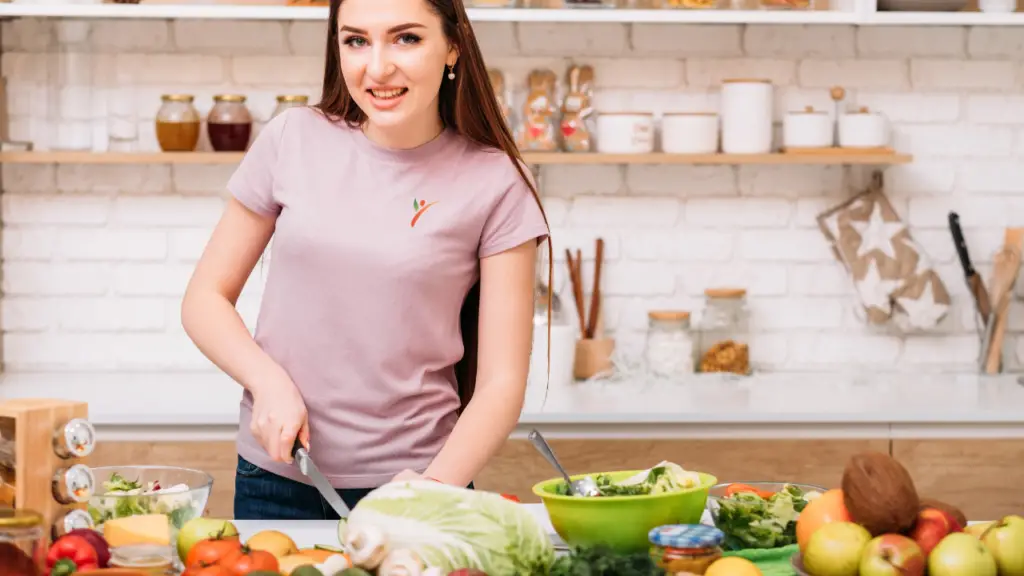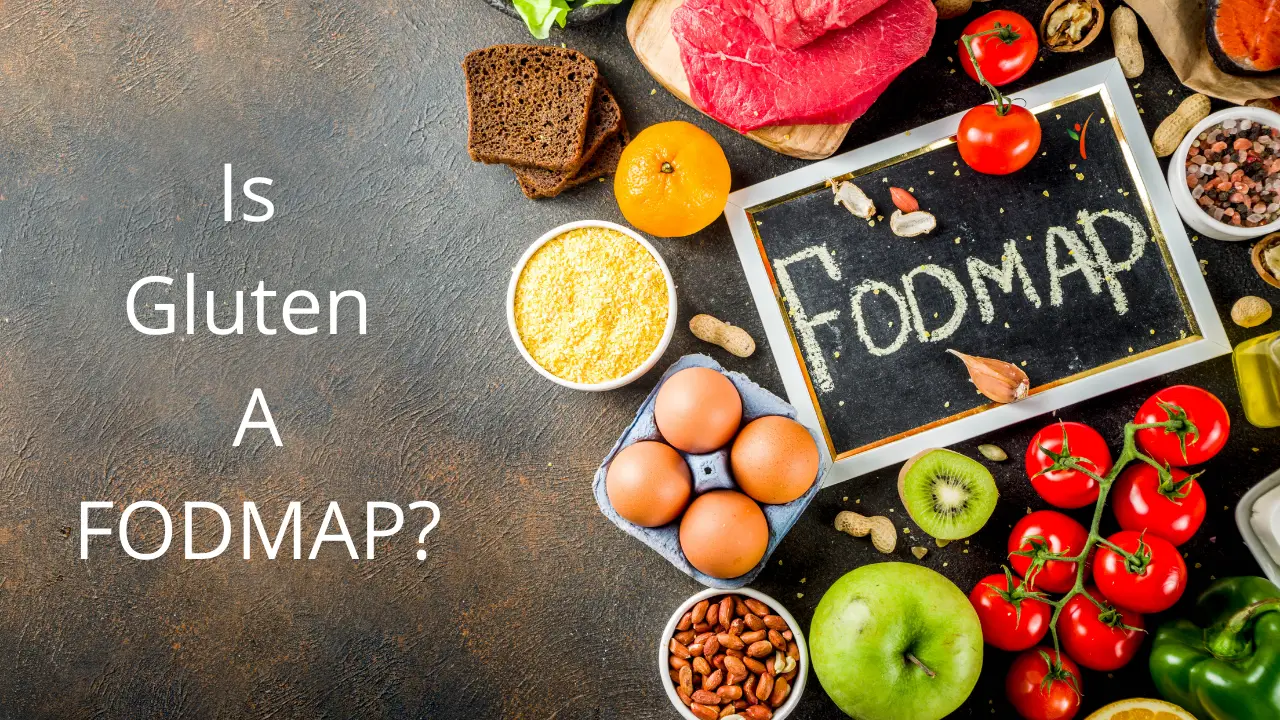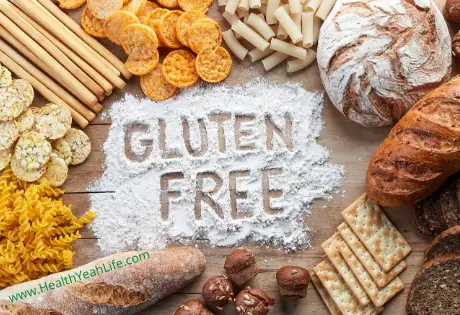An increasing percentage of people are switching to a low FODMAP diet every day. But, what's the reason behind all this commotion and the sudden switch? It's a fact- what you put in your body decides how well it functions.
After all, your entire digestive system depends on your food intake. Feeding it with unhealthy foods can lead to digestive symptoms. Another reason for the low FODMAP diet popularity is its many advantages for celiac and gluten-sensitive individuals. To learn more about this, read on.
What is FODMAP?

An easy way to understand what FODMAP means is to remember the kind of nutrients it contains. Starting with the first letter, “F” stands for fermentable. Fermentation is what happens to the remaining letters in FODMAP. “O” stands for oligosaccharides, “D” for disaccharides, “M” for monosaccharides, and “P” for polyols. All of these are types of carbohydrates having a structure comprising of short chains. On the contrary, polyols are not just sugar, but sugar alcohols.
These are usually indigestible; they pass through our bodies and are excreted out by the system as is. But the problem (like the word itself) starts with the “F” letter. There are certain bacteria present in our colon that ferment some of these carbohydrates. And thus, the foods that fall under this definition are categorized as high FODMAP diet. When the bacteria does not ferment these carbohydrates, they're called low FODMAP food sources.
Gluten and FODMAP Diet

Gluten and FODMAP do not have a direct connection. Although, usually, the high FODMAP foods are a source of gluten. Some patients suffering from Irritable Bowel Syndrome or other similar diseases think they are celiac sensitive. Therefore, when they start a gluten-free diet, their symptoms are relieved.
In reality, they may be benefitting from a low FODMAP intake instead of gluten elimination. This overlap exists in the intersecting food category of gluten-containing products. Wheat, barley, and rye contain both gluten and high amounts of FODMAPs.
With the elimination of these grains on a gluten-free diet, the high FODMAP sources also deplete. But this does not mean that while following a low FODMAP diet, you'll also be following a gluten-free diet. Soy sauce contains gluten but causes no complications in patients with IBS. Similarly, going gluten-free will not mean your intake of FODMAPs has reduced.
What Happens in a FODMAP Diet?

A high FODMAP diet means a meal containing a higher quantity of these fermentable carbohydrates and sugar alcohols. What happens is, the bacteria in our colon uses these for extracting energy via fermentation, and as a byproduct produce gases.
Moreover, the monosaccharides, disaccharides, and oligosaccharides that remain undigested create an effect. Due to this chain of events, the body draws water into the digestive tract. It can lead to various complications such as diarrhea, stomach bloating, constipation, cramps, and flatulence. All of these symptoms collectively are known as Irritable Bowel Syndrome. The patient also experiences nausea and abdominal pain, along with an inability to empty the bowels.
Hence, a high FODMAP diet is responsible for aggravating the symptoms of a person suffering from IBS. But, a low FODMAP diet, on the other hand, is bound to help relieve the symptoms. According to a study, about 85℅ patients with IBS can control their symptoms with a low FODMAP diet plan. Additionally, a high FODMAP diet can also complicate patient cases' with similar diseases such as Inflammatory Bowel Disease and Crohn's disease.
Should You Eat a Low FODMAP Diet?

A low FODMAP diet is not ideal for children and pregnant women. But it wouldn't be wrong to say that it is a short term diagnostic treatment for irregular indigestion. Dieticians and nutritionists continue to research the advantages of a low FODMAP diet. For now, it is deemed beneficial by experts for those suffering from any digestive problems.
FODMAP sensitivity is a hypersensitivity reaction to some dietary triggers identified during this treatment. And instead of going all low FODMAP, you can avoid the foods that trigger your symptoms. Plus, you can even find an app that walks you through the basics of this diet alongside providing you recipes. But if you're not from any gut disease or celiac disease, avoid going low FODMAP.
Experts advise replacing only the food sources having high FODMAP to which you're sensitive. Due to its restrictive nature, meeting the nutritional requirements, especially fiber, is a cause of worry for nutritionists. Thus, in a state of disease or sensitivity, a low FODMAP diet can work wonders. Contrastingly, for a fit person, it may end up making things worse.
Foods with High and Low FODMAP

Experts advise never to devise a dietary plan without consulting a proper dietician or nutritionist. You might pick certain items due to personal preference. However, not strictly following a low FODMAP diet might not alleviate the symptoms as effectively.
Moreover, a nutritionist will also make sure you take a diet that meets all the nutritional requirements. For instance, a low FODMAP diet is usually low in fiber. A dietitian will also take care of your fiber intake while guaranteeing that the diet doesn't aggravate your symptoms. Here's a list of foods with high FODMAP and low FODMAP to get you started on the basics.
High FODMAP Foods
- Fruits: Avoid eating apricot, cherry, mango, peach, plum, and watermelon; on a low fodmap diet.
- Vegetables: Vegetables with high FODMAPS include asparagus, Brussel sprout, celery, leeks, and the white part of scallions.
- Grains: Grains with a higher quantity of FODMAPS are wheat, barley, farro, and semolina.
- Legumes: Legumes are not ideal on a low FODMAP diet, include baked beans, butter beans, kidney beans, lima beans, split peas.
- Dairy and Dairy Substitutes: Lactose itself is a FODMAP. Buttermilk, ice cream, dairy milk, ricotta, cottage cheese, regular and Greek yogurt, and soy milk; all are high FODMAP foods.
- Sweeteners: Sweeteners with high FODMAPs include fructose, honey, mannitol, maltitol, and sorbitol.
Low FODMAP Foods
- Fruits: Low FODMAP fruits are banana, cantaloupe, honeydew melon, orange, mandarin orange, and pineapple.
- Vegetables: The following vegetables contain small quantities of FODMAPs- Arugala, bell pepper, bamboo shoots, Bok choy, collard greens, green beans, and the green parts of scallions.
- Grains: Grains with low FODMAP include brown rice, gluten-free products, and spelt products.
- Nuts: Go for nuts such as brazil nuts, macadamia nuts, pine nuts, pecans, and walnuts, on a low FODMAP diet.
- Seeds: Seeds ideal on a low FODMAP diet are caraway, pumpkin, and sunflower seeds.
- Protein Sources: Protein sources with high protein content but low amounts of FODMAPs include chicken, fish, pork, Tempe, tofu, and beef.
Recipe for Low FODMAP Pot Pie

Here's a recipe that is not only gluten-free and low FODMAP but also vegan. It does not contain eggs, animal products, or even cheese. Almond milk in the recipe can be substituted to make the recipe nut-free. Similarly, omitting the white miso will make this dish soy-free. This recipe is a pleaser for everyone with its hearty and warming flavors.
Servings: 8
Prep time: 20 minutes
Cook time: 40 minutes
Ingredients:
For the vegetable filling:
- 2 tablespoons Garlic-Infused Olive Oil
- ½ cup finely chopped scallions, green parts only
- 1 cup cleaned and chopped oyster mushrooms
- ½ cup baby kale
- ½ medium zucchini, trimmed, quartered lengthwise, and chopped
- Kosher salt
- Freshly ground black pepper
- 7 small red potatoes, quartered
- 2 medium carrots peeled, quartered lengthwise, and chopped
- 2 medium parsnips peeled, quartered lengthwise, and chopped
- ¼ cup finely chopped flat-leaf parsley
- ¼ cup vegan butter spread, such as Earth Balance
- ¼ cup low FODMAP, gluten-free all-purpose flour, such as Bob's Red Mill 1 to 1 Baking Flour
- 2 cups low FODMAP Vegetable Broth
- 1 ½ cups unsweetened almond milk
- 1 tablespoon white miso
- ½ teaspoon dried thyme
For the vegan biscuits:
- 1 cup unsweetened almond milk
- 2 teaspoons lemon juice
- 1 ¾ cups low FODMAP, gluten-free all-purpose flour
- 1 tablespoon gluten-free baking powder
- ½ teaspoon baking soda
- ½ teaspoon salt
- ¼ cup vegan butter spread
Directions:
- Start by boiling salted water in a large pot. Also, preheat your oven to 425°F.
- Coat the insides of a 13 by 9-inch casserole dish with olive oil.
- In a large pan, heat the Garlic-Infused Oil over medium heat until it starts simmering.
- Add the scallions and sauté for a few minutes until soft. Then add the kale, mushrooms, and zucchini.
- Next, cook the vegetables for a few minutes until they are soft—season with salt and pepper.
- In another pan, add the vegan butter spread. Then combine the flour and let it cook for a minute or until the flour changes color. Next, add almond milk, miso, thyme, and vegetable broth. Transfer this mixture to the vegetables sauté and mix in the parsley.
- In the salted water pot, add the potatoes, carrots, and parsnips. Boil for about 8 minutes or until fork-tender. Drain and add to the previous veggie mix.
- For the biscuits, in a measuring cup, whisk lemon juice and almond milk together. Set the measuring cup aside for 5 minutes until the mixture thickens.
- Mix the baking soda, baking powder, and salt in a large bowl. Then mix the butter spread in it. And lastly, add the almond milk and fold the ingredients together.
- Now, add the biscuit dough by dropping it on top of the vegetable mixture and let it bake for about 15 minutes. The filling will become appropriately hot, and the biscuits will become slightly brown. Serve when prepared.
Final Thoughts

Celiac disease or gluten sensitivity often means taking out indigestible foods from your diet. It may be restricting, but in the end, it is for your health. A low FODMAP diet can help when suffering from gluten-related or digestive problems.
However, other gluten-containing products fall under the low FODMAP diet as well. Ensure you're getting everything right and not just going low FODMAP when you should be going gluten-free.
Consult a professional before adding or eliminating anything from your diet.


